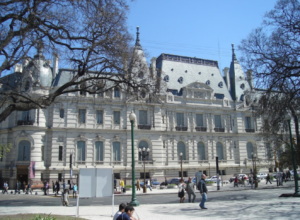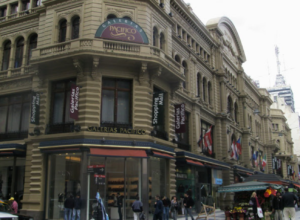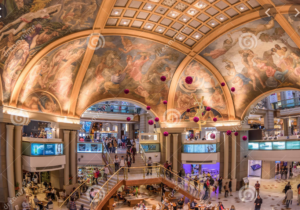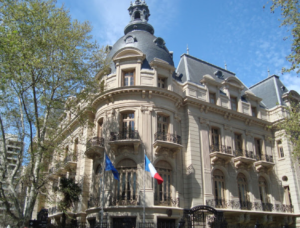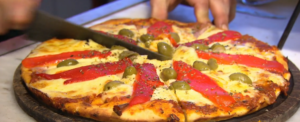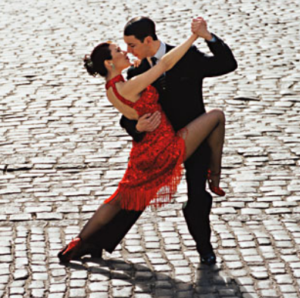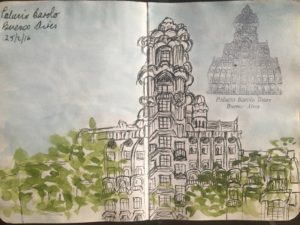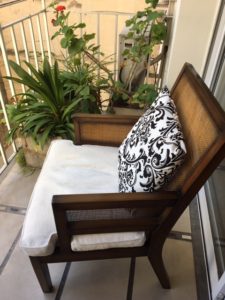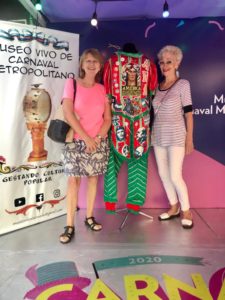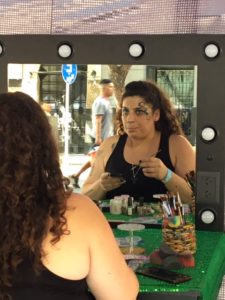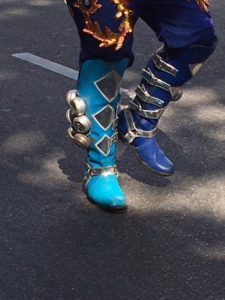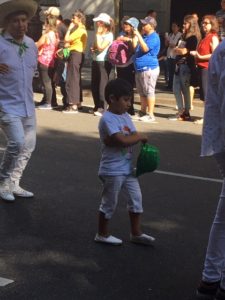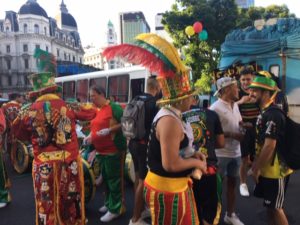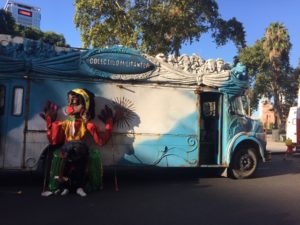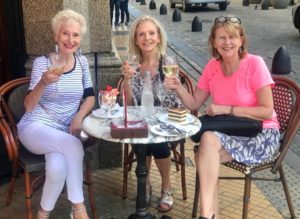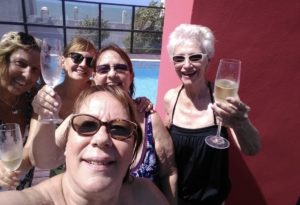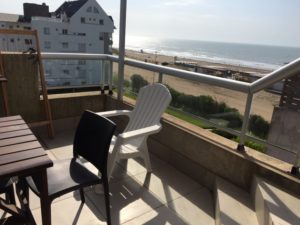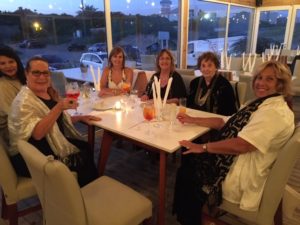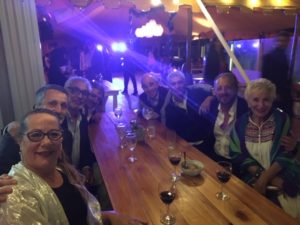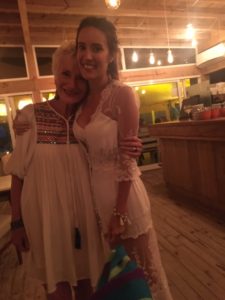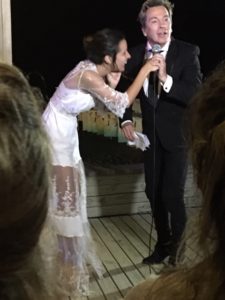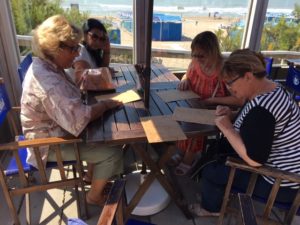After years of conflict, Argentina achieved independence from Spain in 1816. This coincided with a period of great wealth (in the upper classes at least), and the country — especially Buenos Aires — was ready to build and expand. The problem was, there weren’t enough professionals here to design the buildings, and they looked to Europe for help.
It would have been a bit dicey to be looking for immigrants in Spain, as they had just managed to get shot of it, so they turned instead to France. That’s why many of the magnificent palaces and government buildings that were built during that time have a strong French influence. Here are just a few of them.
Palacio Paz, which stands across from the beautiful Plaza San Martin, was actually built in the early 20th century as the private residence of the Paz family. It now belongs to the government, and houses the National Military Museum and Library.
Galerias Pacifico is a high end shopping mall, and it’s worth a visit just to see the building itself. The most striking aspect is a high dome featuring a fresco ceiling — not something you see every day in a shopping mall. It was modelled on one in Paris, but I can’t seem to find out which one. (Please write it in the comments if you know.)
The French Embassy is arguably one of the most beautiful buildings in Buenos Aires, and it’s certainly one of my favourites.
This preponderance of French architecture is probably what led to Buenos Aires being known as the Paris of South America. This title is disputed by many today, as it was also a lifestyle back in the 19th century and that is completely changed now.
Although the number of French people in Buenos Aires is substantial, they are not as noticeable as Italians or other groups, largely because they assimilate well and there aren’t many French communities. But if they are not visible, their architecture certainly is. And a good thing too.
French food fairs are held several times a year, either in Plaza Francia or the grounds of the embassy itself, and they are always packed with people eating yummy food.
Tango
As I said in the last post, tango was introduced by Italian immigrants from the poorer classes who were mainly dock workers. So it was not looked upon with favour by mainstream Porteños. However, in the years before the First World War, it made its way to Paris, where the people embraced it with enthusiasm. On the principle that anything the French favoured must be good, upper class Porteños began to pay attention, and soon it took its place as an essential part of Buenos Aires society. So the French borrowed our national treasure and then gave it back — merci!
I hope you enjoyed these two posts about Buenos Aires. If you did, let me know and I will do more from time to time. In fact, being locked down until who knows when, I might plan a few more in the coming weeks.
In the meantime, stay home and stay well.

